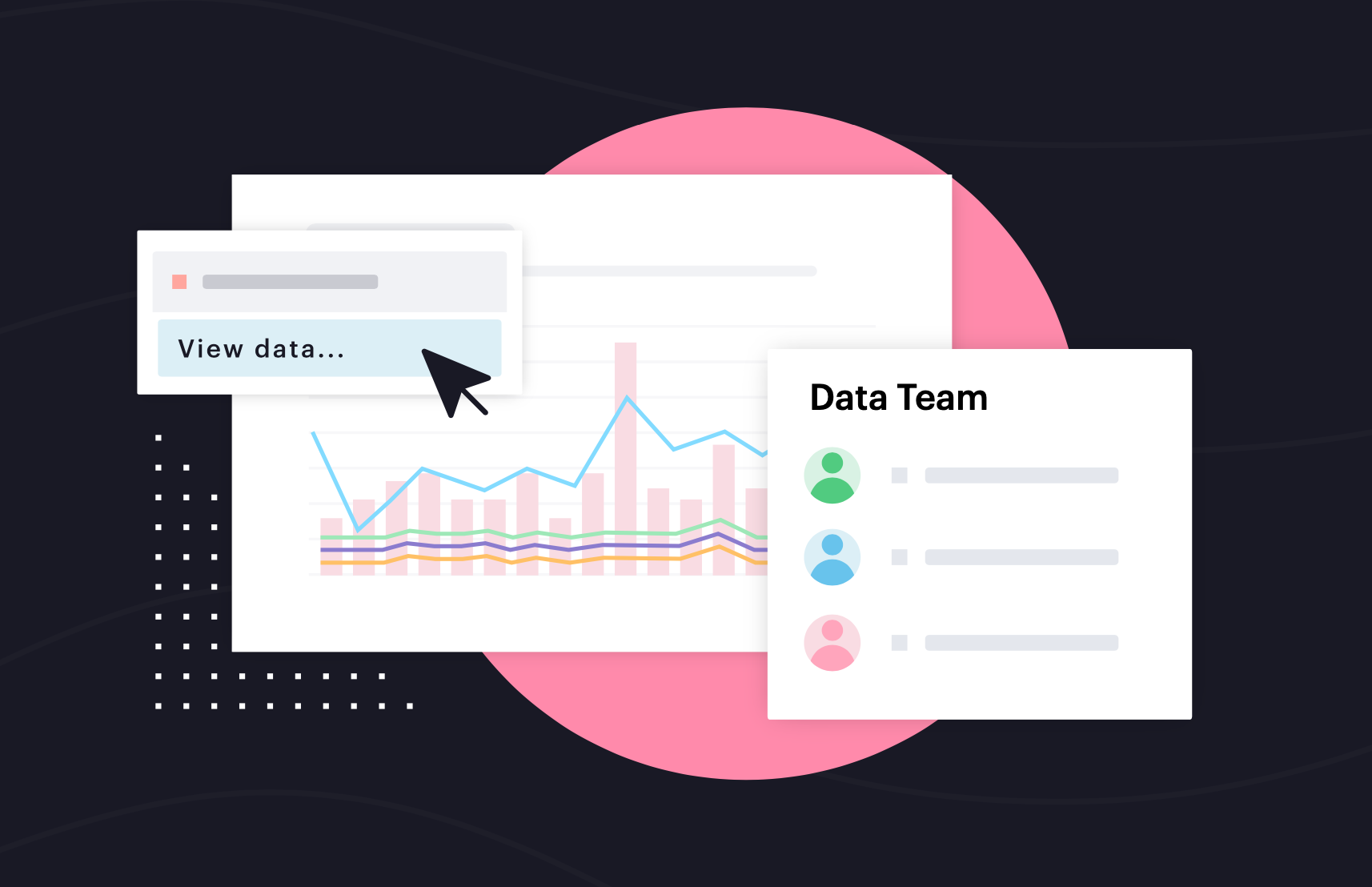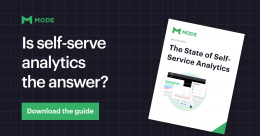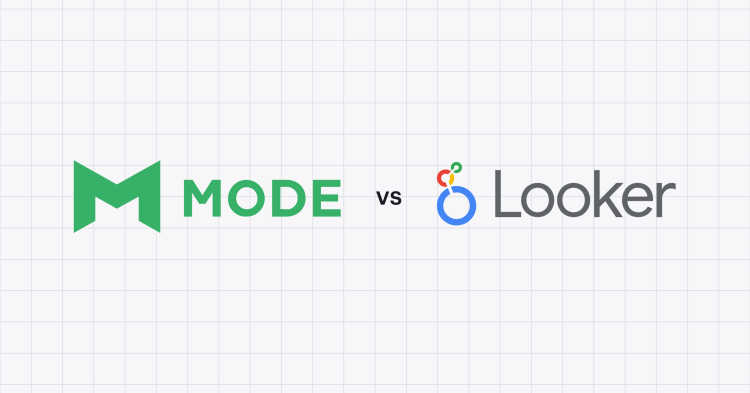The State of Self-Service Analytics
Laura Dambrosio, Mode team writer
August 10, 2022•Updated on August 10, 2022
NaN minute read

Today’s companies can’t thrive without a consistent stream of data. Data teams must respond to an incredible demand for insights across every business function, but still struggle to balance ongoing requests for reports and dashboards with more strategic and experimental data initiatives.
To free up time and make it easier for people across the company to get the answers they need, analysts are turning to self-service analytics: a component of business intelligence that enables users without SQL or coding experience to analyze data directly.
Self-service analytics can empower users without SQL or data science experience to analyze data directly, but only if everyone is aligned on its goals.
The idea that non-technical team members can “self-serve” relies on a few key factors. The data team must have a powerful solution for building user-friendly analysis tools, maintaining models, and aligning every team on efficient data workflows; business users must have confidence in their ability to use the self-service products they’re given and trust their insights; and organizations must be ready to overcome the challenges around adoption and scale that can stop a self-service strategy in its tracks.
This report covers the current state of self-service analytics as part of a larger data strategy, what kind of solutions are needed to support it, and how data teams expect it to impact their ability to scale.
Hear it from the source: Mode’s self-service survey
We designed a survey to understand how different roles and organizations define and use self-service analytics today. More than 650 companies of all sizes were included, with about half the respondents identifying as data professionals and the rest as non-technical business users.
The group with non-technical roles were given one set of questions, while analysts got another. Through their answers, we learned how each group used self-service analytics to improve time-to-insights, what was holding them back, and how they expect it to impact their organization as BI solutions mature and evolve.
Download our report

The State of Self-Serve Analytics
Earlier this year, we conducted a survey with more than 650 customers about self-service analytics. The results are in and we wanted to share what we found out.
Get our weekly data newsletter
Work-related distractions for data enthusiasts.




